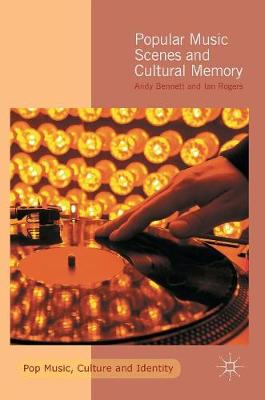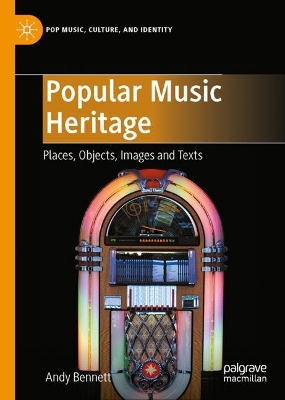Pop Music, Culture and Identity
2 total works
In terms of understanding the relationship between music scenes and participants, much of the existing popular music literature tends to avoid one key aspect of scene: its predominant past-tense and memory-based nature. Nascent music scenes may be emergent and on-going but their articulation in the present is often based on past events, ideas and histories. There is a noticeable gap between the literature concerning popular music ethnography and the growing body of work on cultural memory and emotional geography. This book is a study of the conceptual formation and use of music scenes by participants. It is also an investigation of the structures underpinning music scenes more generally.
This book critically discusses the significance of popular music heritage as a means of remembering and re-presenting rock and pop artists, their music and their place in the culture of contemporary society. Since the mid-1990s, the contribution of popular music to the shaping of contemporary history and heritage has increasingly been acknowledged. In the same period, exhibitions of popular music related artefacts have become more commonplace in museums, and facilities dedicated to the celebration of popular music history and heritage, such as the Rock and Roll Hall of Fame, have opened their doors. Popular music heritage has found other mediums of expression too. There is now a significant popular music heritage media, including books, magazines, films and television series. Fans collect and display their own mementos, while the live performances of tribute bands and classic albums fulfill an increasing desire for the live spectacle of popular music heritage. This book will be crucial reading for established scholars as well as postgraduate and undergraduate students studying popular music heritage.

